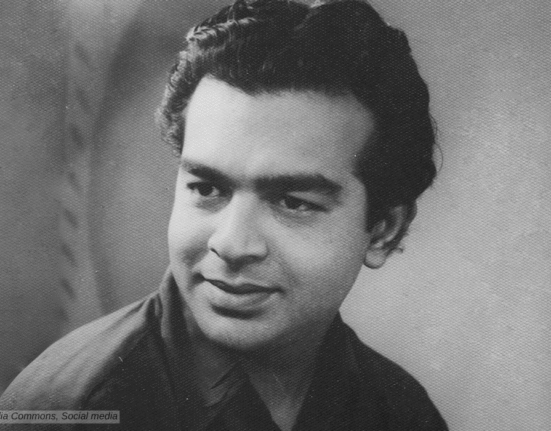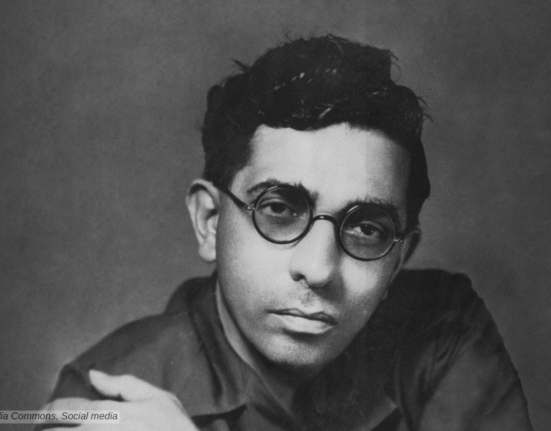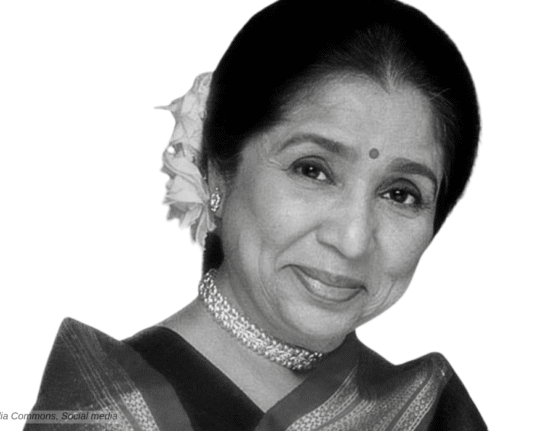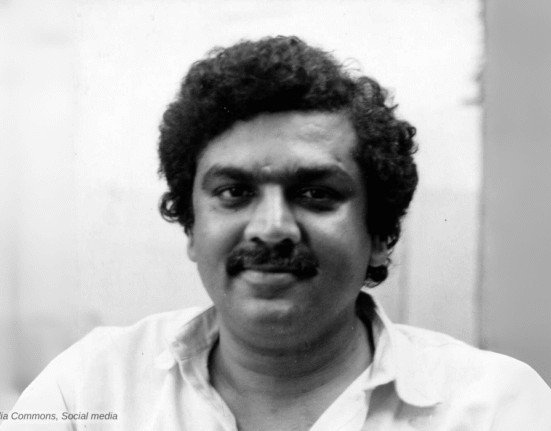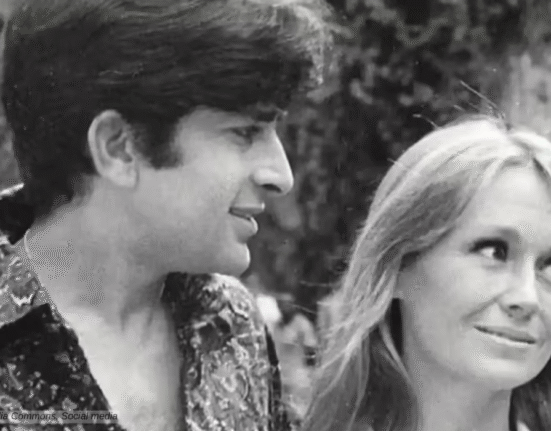Luise Rainer, born on January 12, 1910, was a German-American actress who achieved historic acclaim, winning back-to-back Academy Awards for Best Actress in 1936 and 1937—the first to do so. Renowned for her roles in “The Great Ziegfeld” and “The Good Earth,” Rainer’s performances exhibited emotional depth and authenticity. Despite her early success, she faced challenges in Hollywood and chose to step away from the spotlight.
For my second and third pictures I won Academy Awards. Nothing worse could have happened to me. When I got two Oscars, they thought ‘Oh, they can throw me into anything’. I was a machine, practically a tool in a big, big factory, and I could not do anything. And so I left. I just went away. I fled. Yes, I fled.
Luise Rainer
Early Life
Luise Rainer was born on January 12, 1910, in Düsseldorf, Germany, into a prosperous Jewish family. Her father, Heinrich Rainer, was a businessman, while her mother, Emilie Königsberger, was a classically trained pianist. Luise, the middle child with two brothers, grew up in a household marked by her father’s controlling nature, which she later described as “tyrannical possessiveness.”
From a young age, she was shy at home but displayed a tomboyish streak, excelling as a champion runner and fearless mountain climber. At six, she became captivated by the entertainment world after watching a circus performer, igniting a lifelong passion. Despite her father’s wish for her to attend a finishing school and marry a suitable man, Rainer’s rebellious nature and desire to channel her emotional and physical energy led her toward acting.
Luise Rainer on Stage
At 16, she secretly auditioned at the Dumont Theater in Düsseldorf under the pretext of visiting her mother, marking the start of her stage career. She joined the prestigious theater company of Max Reinhardt, Austria’s leading stage director, in 1927. Under Reinhardt’s guidance, she became a distinguished actress, performing in Berlin and Vienna in plays like Shakespeare’s Measure for Measure, Pirandello’s Six Characters in Search of an Author, and Ibsen’s Peer Gynt. Critics praised her natural talent, often noting her ability to captivate audiences despite her young age and lack of formal training.
In the early 1930s, Rainer appeared in three German-language films, further honing her craft. Her talent caught the attention of Metro-Goldwyn-Mayer (MGM) talent scout Phil Berg in 1934, while she was performing in a play.
Luise Rainer on Screen
MGM signed her to a three-year contract, and she arrived in Hollywood in 1935, fleeing the rising Nazi persecution in Europe. Upon arrival, she enrolled in Louis B. Mayer’s finishing school for ingenues to perfect her English, which carried a strong Mittel-European accent. Her American film debut came with Escapade (1935), a romantic comedy opposite William Powell, where she stepped into a role originally meant for Myrna Loy.

Rainer’s Hollywood career peaked with her performances in The Great Ziegfeld (1936) and The Good Earth (1937), earning her consecutive Academy Awards for Best Actress.
In The Great Ziegfeld, directed by Robert Z. Leonard, Luise Rainer played Anna Held, the first wife of showman Florenz Ziegfeld (William Powell). Her role was small but impactful, particularly in a famous telephone scene where Anna, heartbroken, congratulates Ziegfeld on his new marriage while struggling to maintain composure. Critics lauded her emotional depth, and the performance won her first Oscar, along with the New York Film Critics’ Award.
Second Oscar
Her second Oscar came for The Good Earth (1937), directed by Sidney Franklin, an adaptation of Pearl S. Buck’s novel. Rainer portrayed O-Lan, a stoic Chinese peasant enduring immense hardship, a stark contrast to the vivacious Anna Held. Her ability to embody such a different character showcased her versatility, and she considered this her finest on-screen work. The film, dedicated to producer Irving Thalberg who died during production, was a prestige project for MGM, further elevating Rainer’s status.
Despite these triumphs, Rainer’s subsequent films struggled to match her early success. The Emperor’s Candlesticks (1937), Big City (1937), The Toy Wife (1938), The Great Waltz (1938), and Dramatic School (1938) failed to resonate with audiences, partly due to MGM’s typecasting of her as a supportive, long-suffering wife—a role that clashed with the evolving social reality of women entering the workforce during World War II. Frustrated with MGM’s control over her career and the lack of artistic freedom, Rainer parted ways with the studio in 1938, effectively ending her Hollywood phase.
Later Career
After she left Hollywood, Luise Rainer went on to study medicine in Europe. She also made a comeback to the stage with plays like Jacques Deval’s play Behold the Bride, at the Palace Theatre, Manchester. She also acted in George Bernard Shaw’s Saint Joan at the Belasco Theatre in Washington. In 1942 she played Miss Thing in J. M. Barrie’s A Kiss for Cinderella at the Music Box Theatre in New York. In 1943 she starred in Frank Tuttle’s war drama Hostages, based on Stefan Heym’s novel.
Luise Rainer made a comeback after 54 years with Károly Makk’s The Gambler (1997)
I was never proud of anything. I just did it like everything else. To do a film – let me explain to you – it’s like having a baby. You labor, you labor, you labor, and then you have it. And then it grows up and it grows away from you. But to be proud of giving birth to a baby? Proud? No, every cow can do that.
Luise Rainer
Personal Life
Luise Rainer’s first marriage was to playwright Clifford Odets on January 8, 1937, during the height of her Hollywood fame. The marriage was tumultuous, marked by Odets’ jealousy—he once shredded a photograph of Albert Einstein after Rainer befriended the scientist—and his extramarital affair with actress Frances Farmer. Early in their relationship, Rainer became pregnant but, mistakenly believing Odets did not want a family, underwent an abortion. She later discovered an unsent wire from Odets expressing his desire for a family, a revelation that haunted her. The couple divorced in May 1940.
In 1945, Rainer married publisher Robert Knittel, a union that lasted until his death in 1989. The couple had one daughter, Francesca Knittel-Bowyer, born on June 2, 1946 via Caesarean section. Rainer and Knittel lived primarily in the UK and Switzerland, where she largely retired from acting, though she made occasional appearances on stage and television, including in The Love Boat (1984) and Combat! (1965). She became a U.S. citizen in the 1940s but spent her later years in London, residing in a flat at 54 Eaton Square, Belgravia, once occupied by Vivien Leigh.
Longest-Lived Female Star
Luise Rainer’s later life was marked by her humanitarian efforts and a return to the screen in 1997 with The Gambler, her first major film role in over 50 years. She celebrated her 100th birthday in 2010 in London, remaining active and spry. Rainer died of pneumonia on December 30, 2014, leaving behind two granddaughters, Luisa and Nicole, and two great-grandchildren, Luca and Hunter.
At the time of her death, thirteen days shy of her 105th birthday, she was the longest-lived Oscar recipient (and the longest-lived female star from Classic Hollywood). Rainer’s impact endures as a trailblazing talent, remembered not only for her achievements but also for her resilience and contributions to the Golden Age of Hollywood cinema.

Luise Rainer on IMDB




